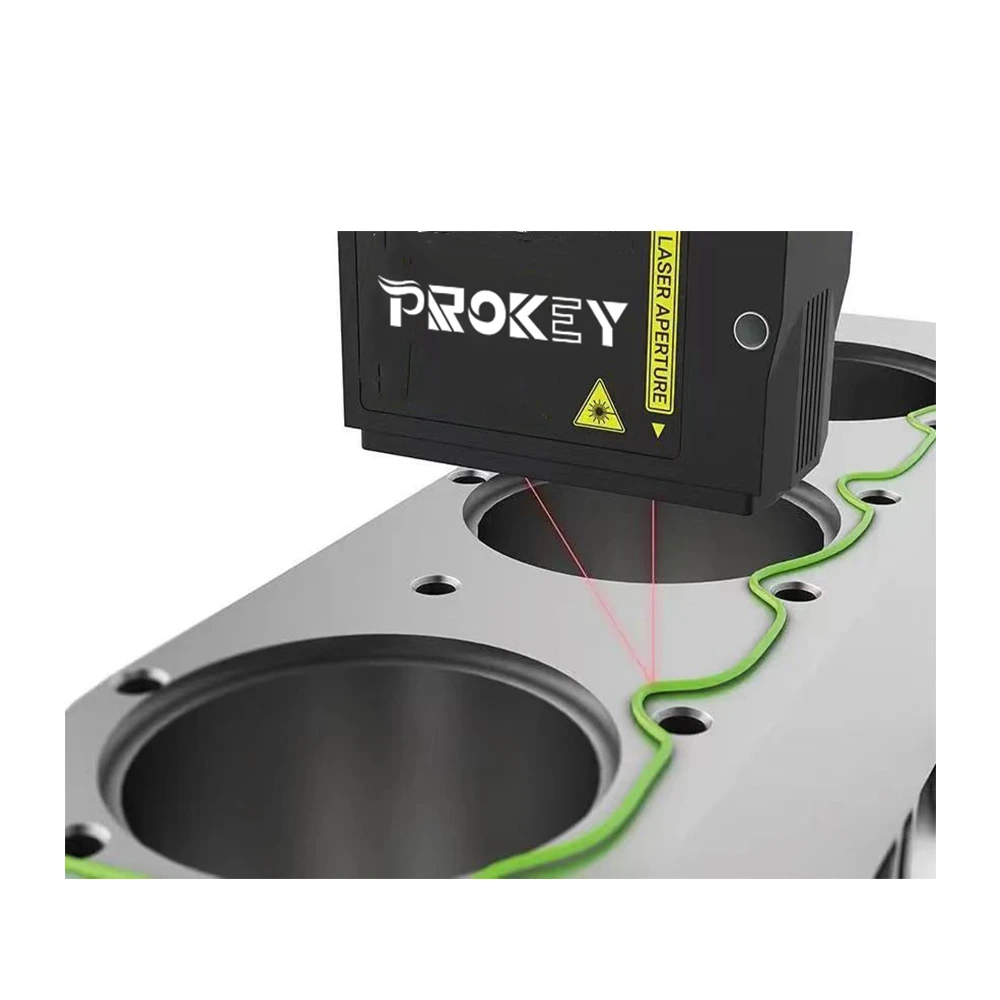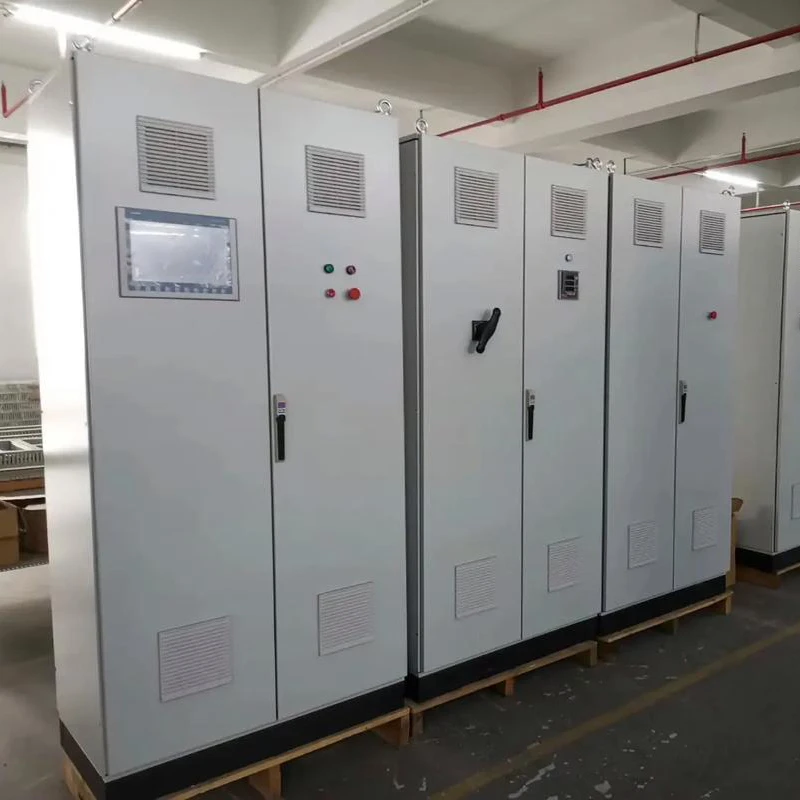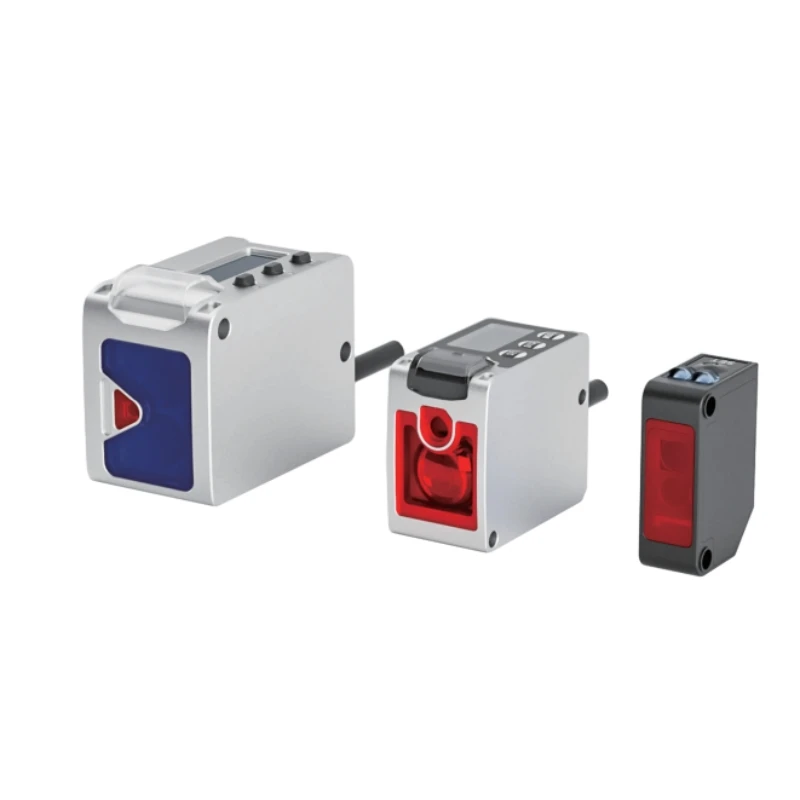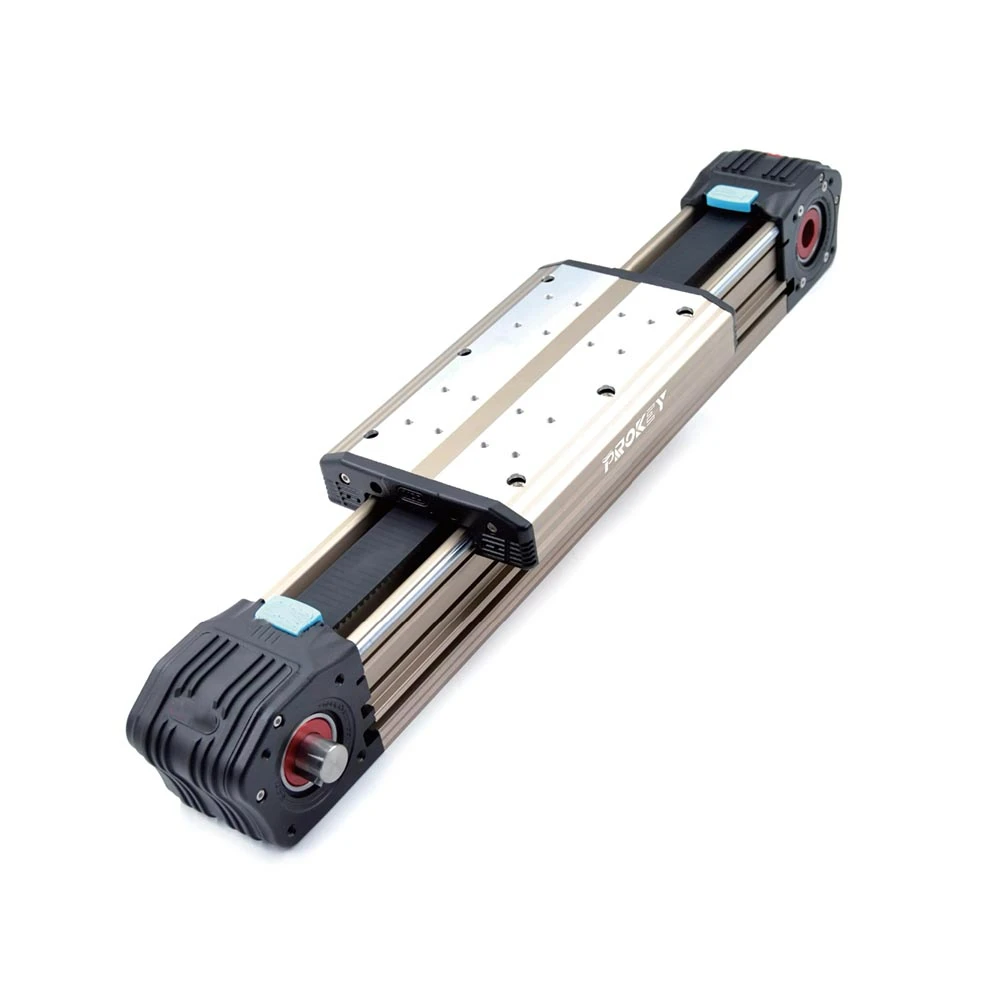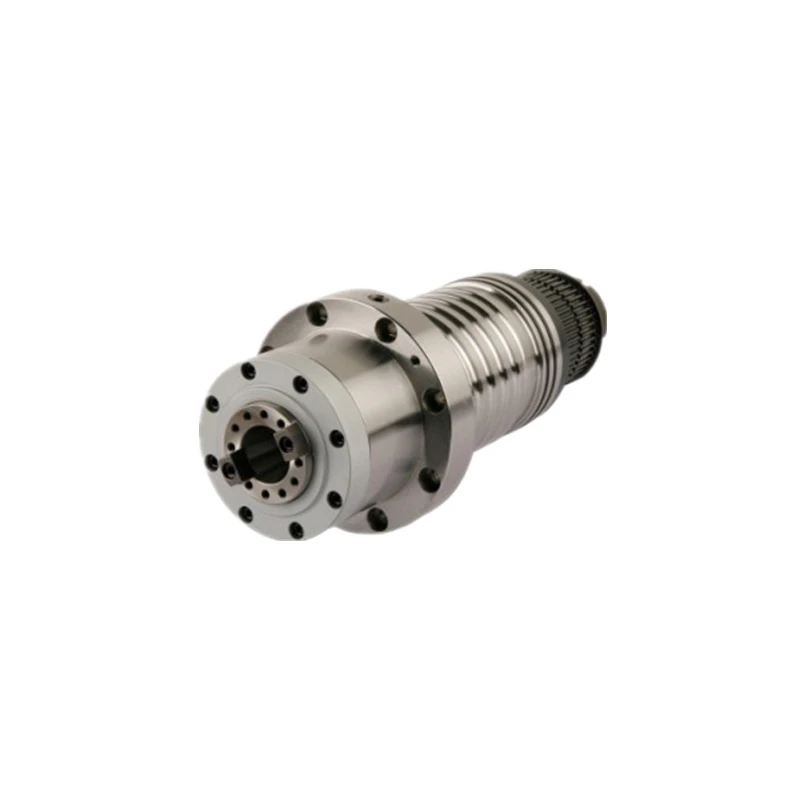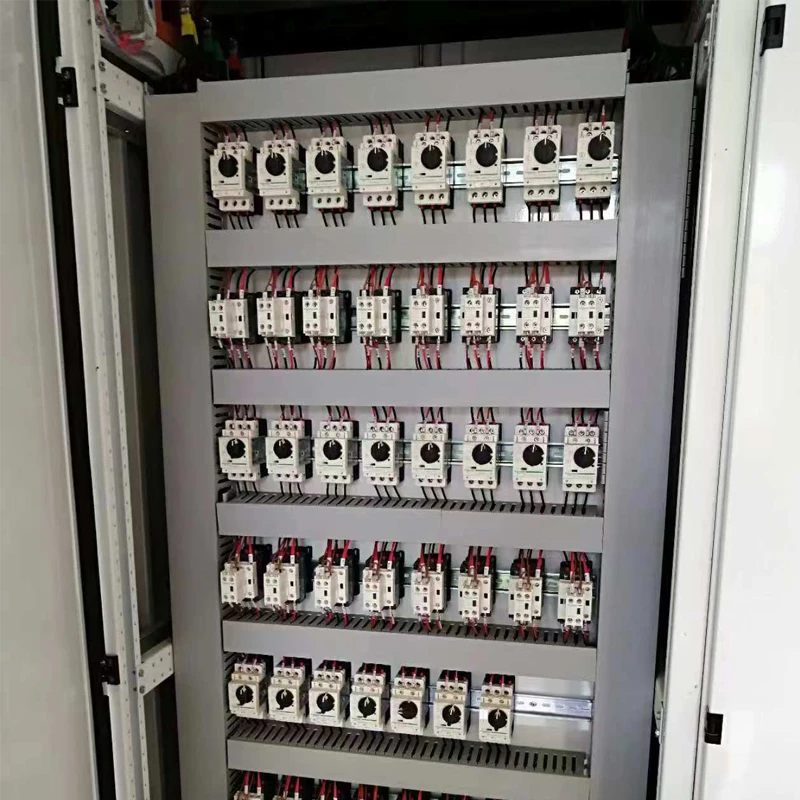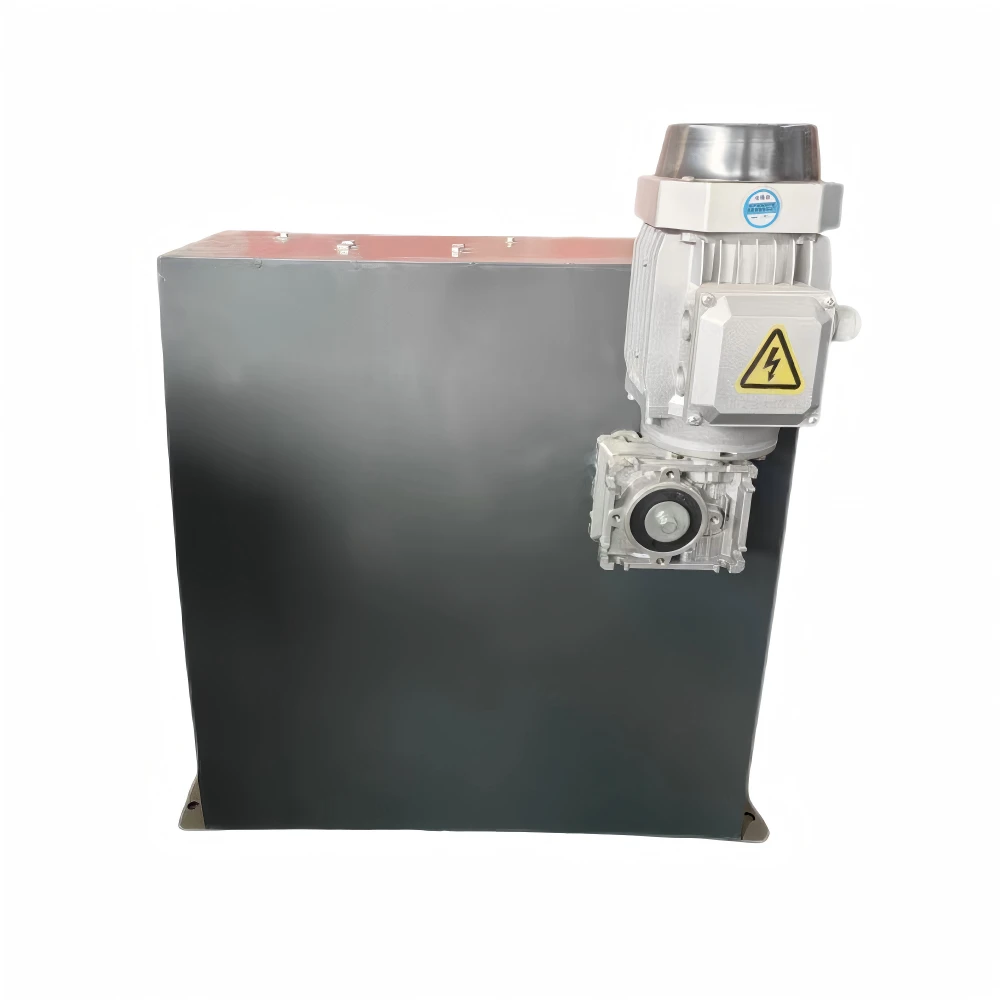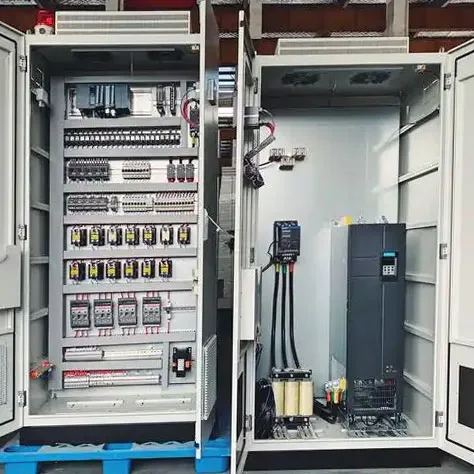1 月 . 17, 2025 14:17 Back to list
Innovations in Linear Bearing Technology: Enhancing Precision and Efficiency
The evolution of linear bearing technology has significantly transformed industries that rely on high-precision machinery, such as manufacturing, robotics, and aerospace. Linear bearings are vital components in systems requiring straight-line motion with minimal friction. Their role in enhancing machine performance, extending lifespan, and improving operational efficiency cannot be understated. As technology progresses, so too does the development of more advanced and efficient linear bearings that cater to increasingly demanding applications. This article explores the latest innovations in linear bearing technology and how these advancements are enhancing precision and efficiency across various industries.

New Materials for Improved Performance About Linear Bearing
One of the most significant innovations in slide bearing technology is the development of new materials that improve performance under extreme conditions. Traditionally, linear bearings were made from steel, which provided adequate load-bearing capacity and durability but could wear out more quickly under heavy loads or high-speed applications. Today, many manufacturers are turning to advanced materials like ceramics, composite polymers, and stainless steel alloys.
Ceramic bearings, for example, offer several advantages over traditional steel bearings. They are highly resistant to wear, corrosion, and temperature fluctuations, making them ideal for applications in harsh environments such as aerospace and semiconductor manufacturing. Similarly, composite materials are being used in linear bearings to reduce weight without compromising load capacity. These materials also provide excellent resistance to contaminants, enhancing the bearing's performance in environments with dust, dirt, or moisture.
By leveraging these innovative materials, manufacturers can create linear bearings that last longer, perform better under extreme conditions, and require less maintenance.
Self-Lubricating Linear Bearing for Reduced Maintenance
Another breakthrough in linear slide bearings technology is the development of self-lubricating bearings. Traditional linear bearings often require regular lubrication to reduce friction and wear. However, maintaining proper lubrication can be time-consuming, costly, and sometimes challenging, especially in hard-to-reach areas or environments where traditional lubrication methods are impractical.
Self-lubricating linear bearings solve this issue by incorporating lubrication into the bearing material itself or using specialized coatings that continuously release lubricant during operation. This eliminates the need for external lubrication and reduces maintenance downtime. For example, bearings made with materials like PTFE (Polytetrafluoroethylene) or certain types of composite plastics can provide built-in lubrication, ensuring smooth operation without the need for regular re-lubing.
The ability to reduce maintenance needs while improving operational efficiency has made self-lubricating bearings increasingly popular in applications like robotics, automation, and precision machinery, where uptime and efficiency are paramount.
Advanced Sealing Technologies for Longevity About Linear Bearing
To extend the lifespan of linear bearings, manufacturers have introduced advanced sealing technologies. In environments with heavy dust, moisture, or other contaminants, external particles can easily interfere with the performance of traditional linear bearings, causing premature wear and failure. In response to this challenge, modern linear bearings feature more effective seals that protect the internal components from contaminants, ensuring longer service life and higher performance.
Innovative seals, such as labyrinth seals or magnetic seals, create a barrier that prevents dust and debris from entering the bearing while allowing for smooth and uninterrupted motion. These seals are often used in conjunction with advanced materials and self-lubricating features to create an all-in-one solution for enhancing the bearing's durability and efficiency.
The adoption of these advanced sealing technologies has been a game-changer in industries like food processing, pharmaceuticals, and automotive manufacturing, where cleanliness and longevity are critical to operations.
High-Speed and High-Precision Linear Bearings
As industries continue to push for higher productivity and greater precision, the demand for high-speed and high-precision linear bearings has grown. Innovations in bearing design and material selection have allowed for bearings that can handle much faster speeds and more precise motion without sacrificing performance or accuracy.
For example, bearings with optimized internal geometries, such as angular contact ball bearings or ultra-precision roller bearings, can provide better control of motion and higher stability at high speeds. These bearings are ideal for applications in CNC machines, 3D printers, and precision manufacturing, where both speed and precision are crucial.
Additionally, advancements in manufacturing techniques, such as precision grinding and laser machining, have improved the consistency and accuracy of linear bearings, further enhancing their ability to perform in high-precision applications. The combination of high-speed capabilities and extreme precision is helping industries meet the increasing demands for faster production cycles and tighter tolerances.
Integration of Smart Technology About Linear Bearing
A particularly exciting innovation in linear bearing technology is the integration of smart technology. As industries adopt more automation and digital systems, there is an increasing need for components that can provide real-time data on their performance and health. Smart linear bearings equipped with sensors can monitor factors such as temperature, vibration, and load, providing operators with critical insights into the bearing's condition.
These intelligent bearings can also predict when maintenance is required, allowing for proactive interventions and minimizing downtime. By integrating with larger machine monitoring systems, these bearings contribute to the broader trend of Industry 4.0, where real-time data helps optimize performance, reduce operational costs, and extend equipment lifespans.
Smart bearings are already being implemented in advanced manufacturing systems, robotics, and autonomous vehicles, where real-time monitoring and predictive maintenance are essential for maintaining high efficiency and safety.
Compact Designs for Space-Constrained Applications About Linear Bearing
In applications where space is limited, such as in robotics or compact CNC machines, the trend is moving toward smaller, more compact linear bearing designs. Innovations in micro-manufacturing have made it possible to produce linear bearings that are smaller yet still highly efficient and capable of handling significant loads.
These compact linear bearings are ideal for use in small-scale robotic arms, medical devices, and even aerospace applications, where space is at a premium but high performance is still necessary. The ability to reduce the size of bearings without compromising their load capacity or accuracy is helping industries meet the demands of modern, space-constrained applications.
-
Why Steel Mills Rely on FODA’s High-Temperature Cylindrical Roller Bearings?
NewsApr.10,2025
-
What is a Plain Bearing? A Complete Guide to Design & Functionality
NewsApr.10,2025
-
Thrust Ball Bearings vs. Tapered Roller Bearings: FODA’s Performance Comparison
NewsApr.10,2025
-
The Engineering Behind FODA Thrust Ball Bearings: Precision for High-Speed Applications
NewsApr.10,2025
-
No More Compromises: Get Precision-Engineered Custom Bearings Tailored to Your Exact Specifications
NewsApr.10,2025
-
In-Depth Analysis: Application Differences of Different Types of Angular Contact Ball Bearings
NewsApr.10,2025
Products categories



